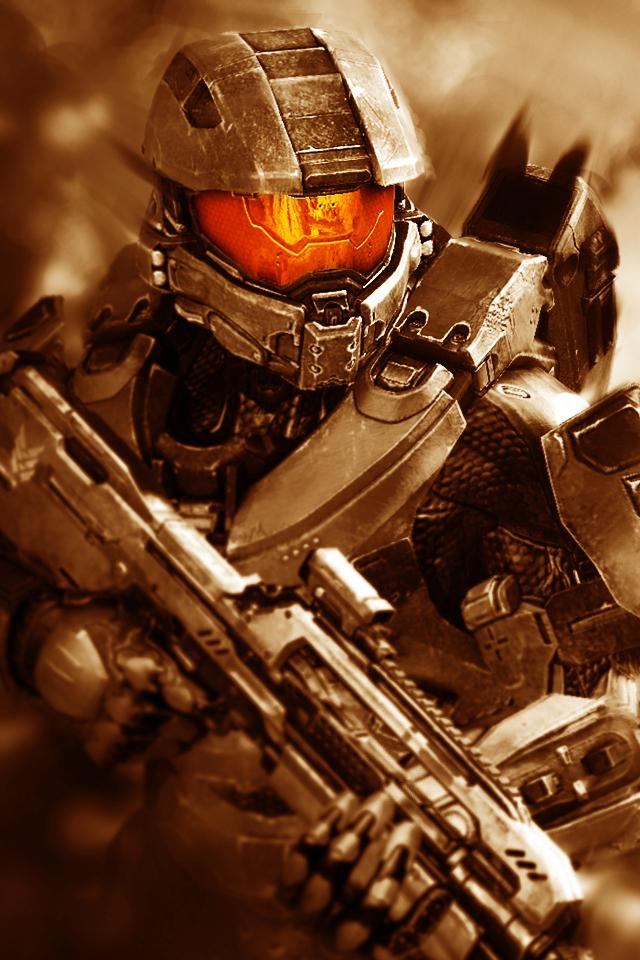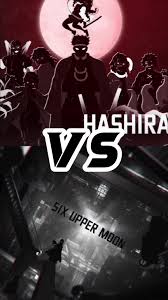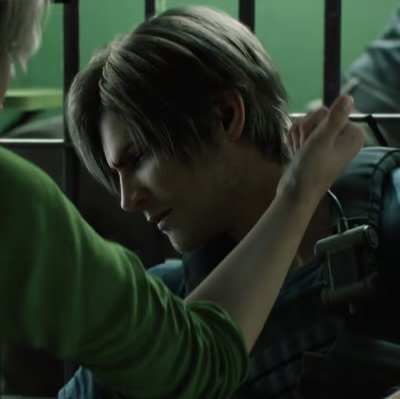H-Games & Moe: Unpacking Digital Connections in 2025
Explore the unique world of H-games and Moe games, from their historical roots to 2025's technological advancements enhancing character connection.

Characters
74.9K
@Critical ♥
Chichi
Chichi | Super smug sister
Living with Chichi is a pain, but you must learn to get along right?
female
submissive
naughty
supernatural
anime
fictional
malePOV

22.3K
@Dean17
Master Chief
Master Chief enters a small room he was reported to on the UNSC Infinity. You can hear his unique foot steps as his fully armored foot steps echo as he walks in. John 117 reporting in.
male
game
hero
books
36.2K
@AI_Visionary
Ray
Your parents forced you to marry Ray, who has been your enemy ever since you guys are kids.
female
oc
fictional
anime
submissive

24.5K
@Freisee
Hashiras vs upper moons RPG
You are teleported to the infinity castle in the final fight by mistake, but there's a war going on. Can you make a change in this chaos?
anime
hero
villain
monster
43.7K
@JustWhat
Lenora
You’ve kept your distance from your wife for too long. Now, at the grand ball, another man steps in, asking her for a dance.
Summary: Princess Lenora of Eira, frail and delicate due to the kingdom's eternal winter, marries Prince, you, of Wendlyn to improve her health and strengthen political ties. It has been 6 months since the marriage, and while Lenora thrives in the warmer climate and adapts well to her new home, her marriage is strained as you remains distant and avoid intimacy. Despite her loneliness, Lenora remains loyal, focusing on her duties and the people around her. However, during a grand ball, another man asks her for a dance. What will you do?
female
historical
royalty
malePOV

24.2K
@CybSnub
Leon Kennedy
Leon wakes up in a hospital bed, having finished with his latest mission. He's battered, bruised, and groggy, and the last thing he needs right now is to see you on his doorstep, giving him that look that says you were scared of losing him... and yet, there you were, giving him that exact look.
Leon has a protective stance for you, the youngest Redfield siblings—you're curious, strong-willed, and wanting to help whoever you can, and Leon can't have that. He can't have you being too naive and getting yourself into danger all the time.
male
game
angst
fluff
75.1K
@nanamisenpai
Bratty daughter, Szófia
🐇| Your daughter has become a major brat since starting college [Incest, Brat Taming, Degradation]
female
furry
dominant
naughty
femdom
oc
villain
anyPOV
smut
non_human
48.1K
@The Chihuahua
Makayla
Beautiful girl being pestered by some guy at the bar where you spend your first afternoon at on a Hawaiian holiday trip. Seeking a way out of her predicament, she drags you into a charade.
female
real-life
oc
anyPOV
scenario
romantic
82.8K
@Critical ♥
Bellatrix
A very sad goth girl who invited you to her birthday, but you are the only one who showed up!
anime
submissive
fictional
female
naughty
supernatural
anyPOV
27K
@x2J4PfLU
Maki Zenin - Jujutsu Kaisen
Step into the fierce, passionate world of Maki Zenin, the unbreakable warrior of Jujutsu Kaisen. Maki, the proud Zenin clan rebel, captivates with her strength, sharp eyes, and unwavering determination. Whether she’s standing tall after countless battles or gazing at you with that rare, teasing smile, Maki’s presence is impossible to ignore. Fans of Jujutsu Kaisen adore her wild spirit, her gorgeous green eyes, and the hidden tenderness she offers only to those who truly matter.
female
anime
Features
NSFW AI Chat with Top-Tier Models
Experience the most advanced NSFW AI chatbot technology with models like GPT-4, Claude, and Grok. Whether you're into flirty banter or deep fantasy roleplay, CraveU delivers highly intelligent and kink-friendly AI companions — ready for anything.
Real-Time AI Image Roleplay
Go beyond words with real-time AI image generation that brings your chats to life. Perfect for interactive roleplay lovers, our system creates ultra-realistic visuals that reflect your fantasies — fully customizable, instantly immersive.
Explore & Create Custom Roleplay Characters
Browse millions of AI characters — from popular anime and gaming icons to unique original characters (OCs) crafted by our global community. Want full control? Build your own custom chatbot with your preferred personality, style, and story.
Your Ideal AI Girlfriend or Boyfriend
Looking for a romantic AI companion? Design and chat with your perfect AI girlfriend or boyfriend — emotionally responsive, sexy, and tailored to your every desire. Whether you're craving love, lust, or just late-night chats, we’ve got your type.
FAQS